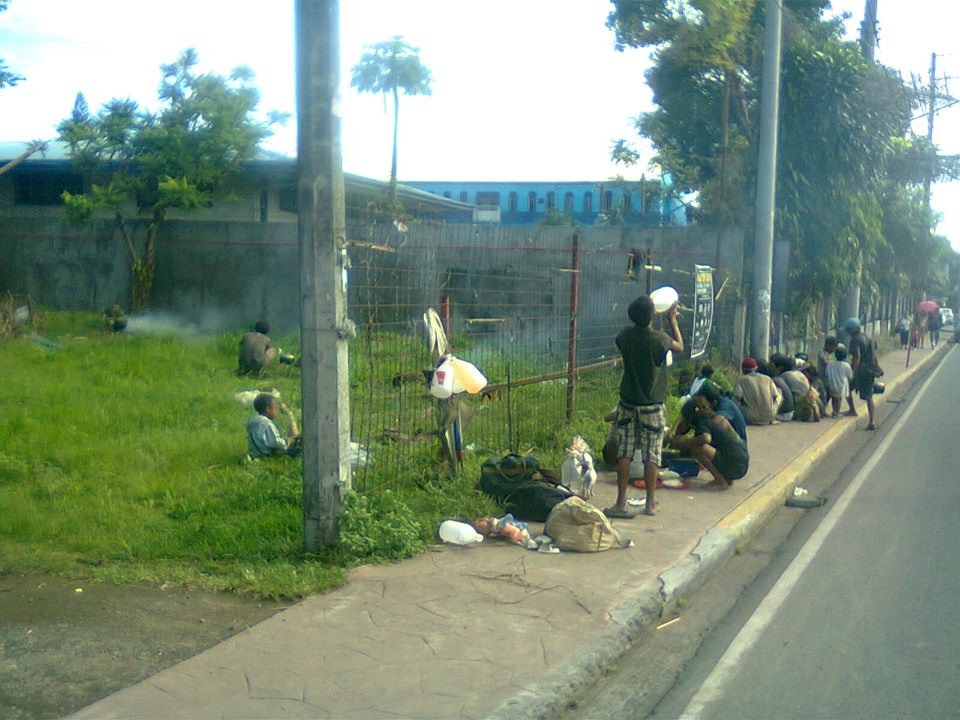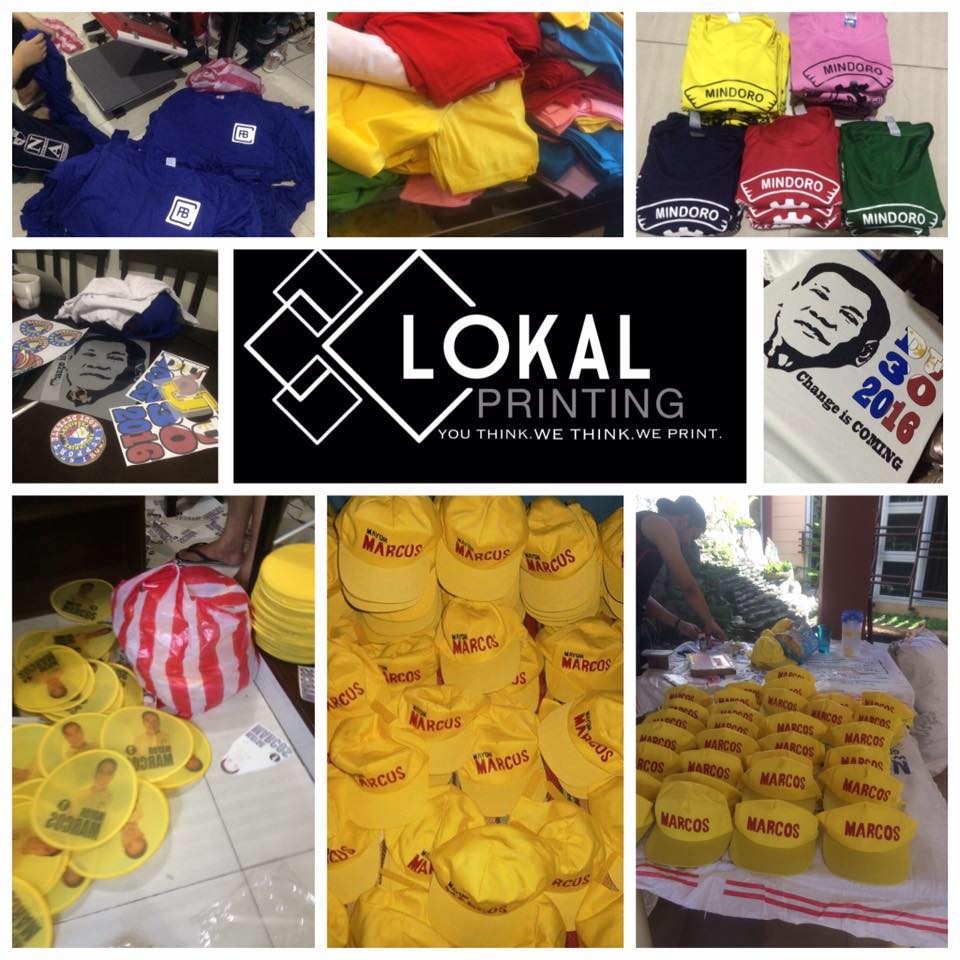Welcome Kabayan!
Feel free to browse around for photos, stories and information all about Naujan.
Kanlungan sa Naujan
Categories
-
Recent Posts
Recent Comments
- Vener EStorque Albufera on Naujan Academy
- Fr Matthew Gibson on San Nicolas de Tolentino, Patron Saint of Naujan
- rhealyngerpacio on The 70 Barangays of Naujan
- Arvin Parin on Inarawan National High School (INHS)
- Aiko Passion Mendoza on Municipal Government Offices
-
Like Us on FB
DISCLAIMER
Naujan.com, unless otherwise noted, do not own the pictures posted in this site. Credits are due to our fellow Naujeños who continue to share their stories, information, and photos to our kababayans everywhere.
-
Background photos by Marlon T. Abuan, Raymund Valenton, JL Reyes, Mon Robles, Norman Belino, Jay Feudo Hernandez and Dr. RM Del Mundo.

Dec
23
2013
 0
0Photo by Arvel Malubag, Story By Robert Evora
CALAPAN CITY, Oriental Mindoro — They are not Christians but every year they leave their mountain redoubt to celebrate the holidays with lowlanders, although under contrasting perspectives: to lowlanders Christmas is giving, to them Christmas is begging.
“Namamasko po kami,” said Agnep, 22, and his wife Balignay, 23, with their two children: Butuan, a toddler, and Ramo, a baby strapped to his mother’s bosom. The Mangyan family walked 100 kms to reach Calapan City and beg in the asphalt jungle.
But the Christians said the begging days of the Mangyan — the collective name for the eight indigenous tribes in Mindoro — are over and they will be sent home because city dwellers consider them a “nuisance” and an “eyesore.”
The Mangyan tribes are ancient inhabitants of Mindoro, the seventh largest island in the Philippines. Of the total one million inhabitants in the island, the indigenous population is estimated at about 100,000.
The Mangyan live in forest reservations. Their main source of livelihood is “kaingin” farming, or “field rotation,” making charcoal and handicrafts. Field rotation means making another clearing in the forest once the soil is exhausted in the existing plantation.
Bishop Warlito Cajandig, the Apostolic Vicar of Calapan, said municipal and provincial officials have met with 40 Mangyan tribal leaders and non-government organizations and they have decided to stop the Mangyan from engaging in the shameful practice.
“No more caroling and begging during the Christmas season. Somebody must teach them how to live decently,” the bishop said.
Calapan City Mayor Arnan Panaligan said the Christians will solicit donations for the Mangyan tribes and deliver it to them in Bongabong where a Christmas program will be organized for their benefit.
He said by holding the program in one of their villages, the Mangyan will be safe because “they have no place in the city and they sleep and eat on pavements, exposed to the cold night air and unscrupulous elements preying on their innocence.”
City residents jeer at the uncivilized Mangyan but Eleanor Aguirre, curator of the Sablayan Museum in Sablayan municipality, said the peace-loving tribes played an important role in shaping of Philippine history.
Ancient Chinese porcelain wares, ceramics, brass jars, and other artifacts found in the coastal areas of Sablayan and Puerto Galera showed the barter trade that existed between Mindoro Island and Imperial China in the 10th century.
Mindoro Island was then the pre-colonial state called Mayi and its inhabitants were Mayians or Mangyans.
The Mangyan are subsistence farmers, planting a variety of sweet potato, upland rice, and taro. They also trap small animals such as wild boars and those who live in close contact with lowland Filipinos sell bananas, ginger and other vegetables.
The men wear ba-ag (loin cloth) and the women short skirt and blouse and their rough hands and feet and weather-beaten features show the manner they live their lives close to the soil.
Most of the eight tribes — Iraya, Alangan, Tadyawan, Tau-buid, Bangon, Buhid, and Hanunuo — practice the animist religion, but each tribe has its own language and tradition.
As a result of the ban in the city against begging, Agnep and his family, who belong to the Bangon tribe, placed all their belongings and left-over food in a plastic bag and prepared for the long walk home.
It was raining in Bongabong when this writer talked to them on the bank of the swelling Bongabong River. They huddled inside a makeshift shelter beside the river, waiting for the rain to stop and the water level to go down before going across.
“We had a short holiday,” Agnep said. “The Christians are right that Christmas is giving: They give; we receive.”
(First published on Manilastandardtoday.com)



